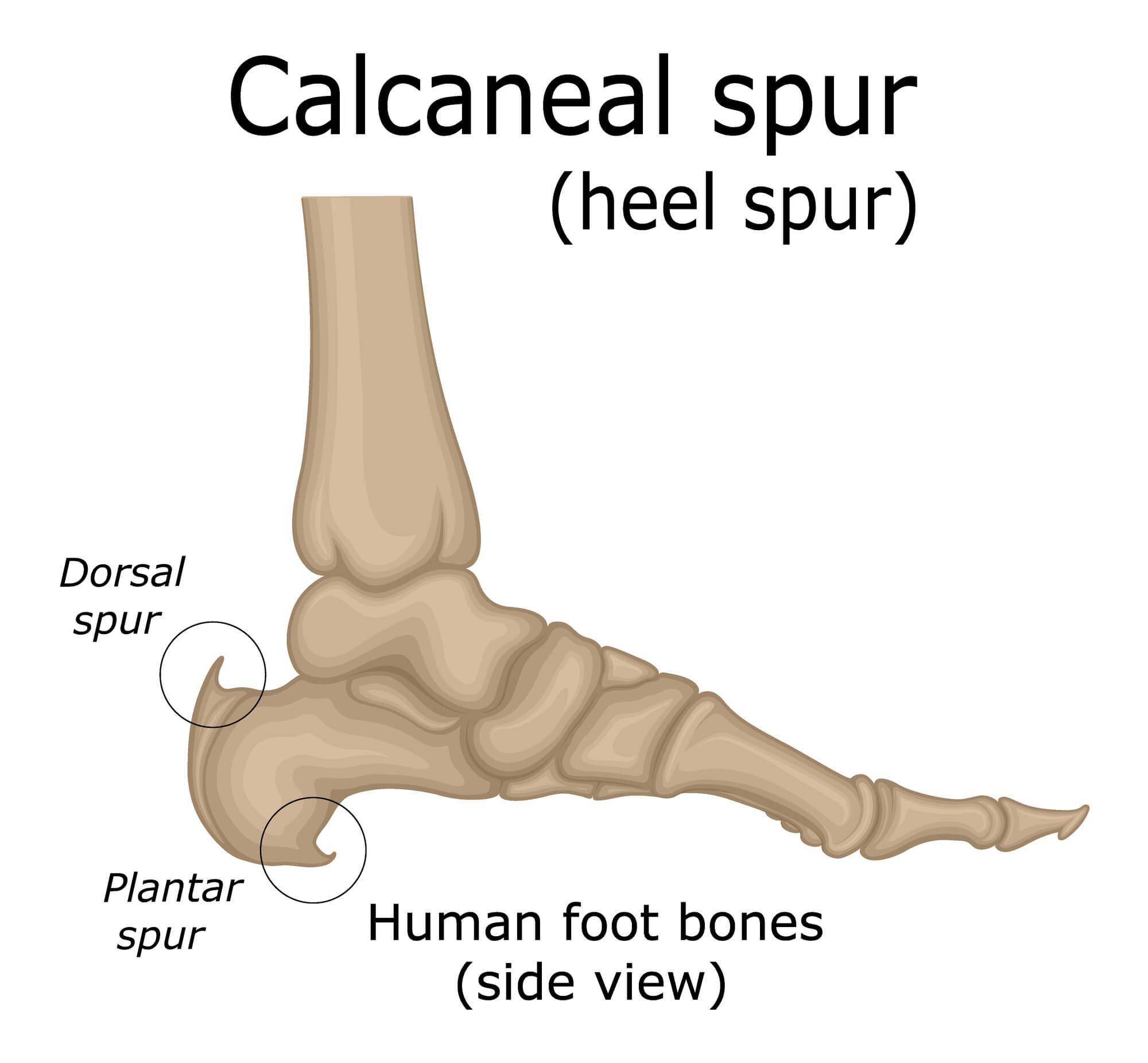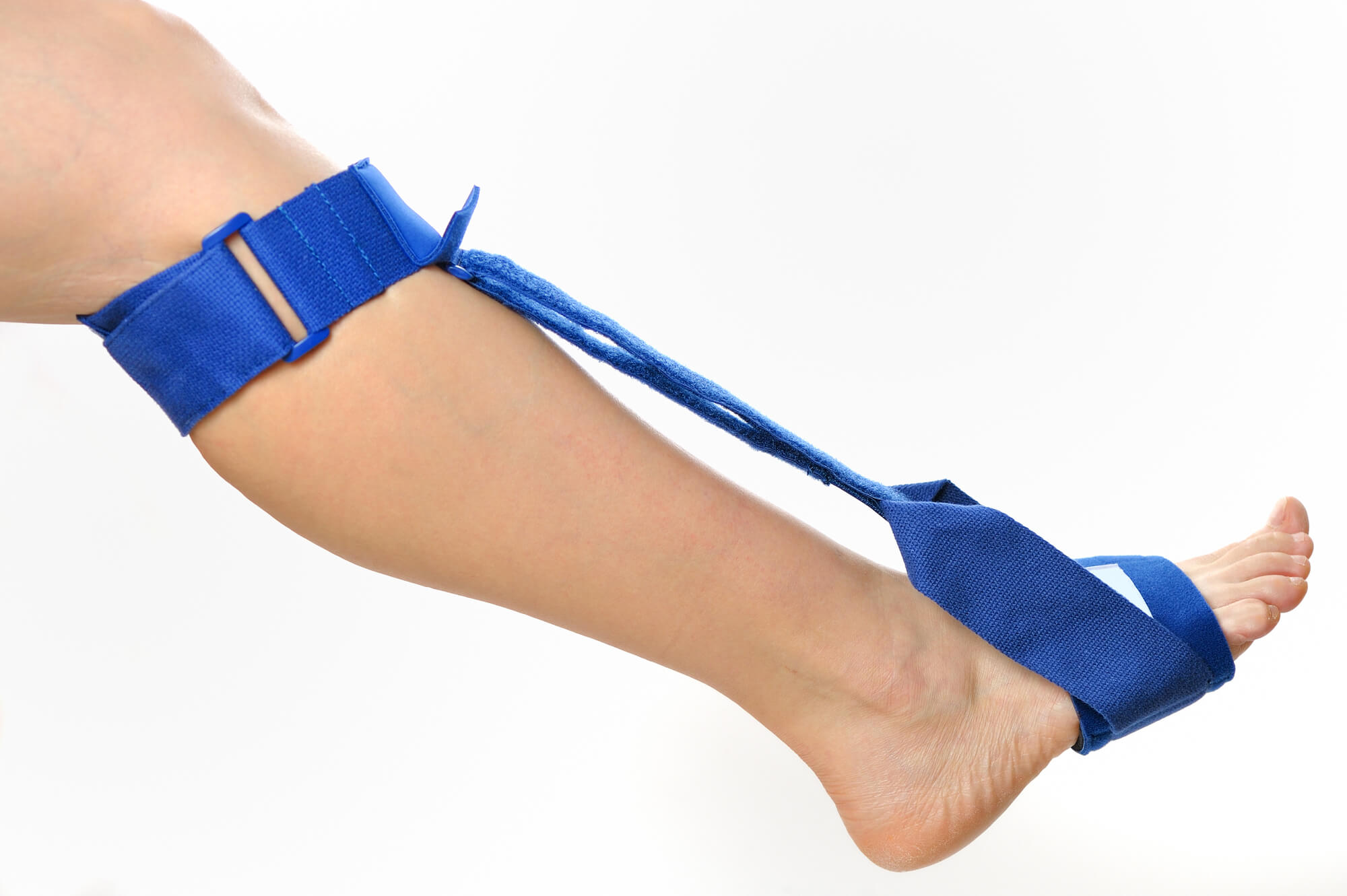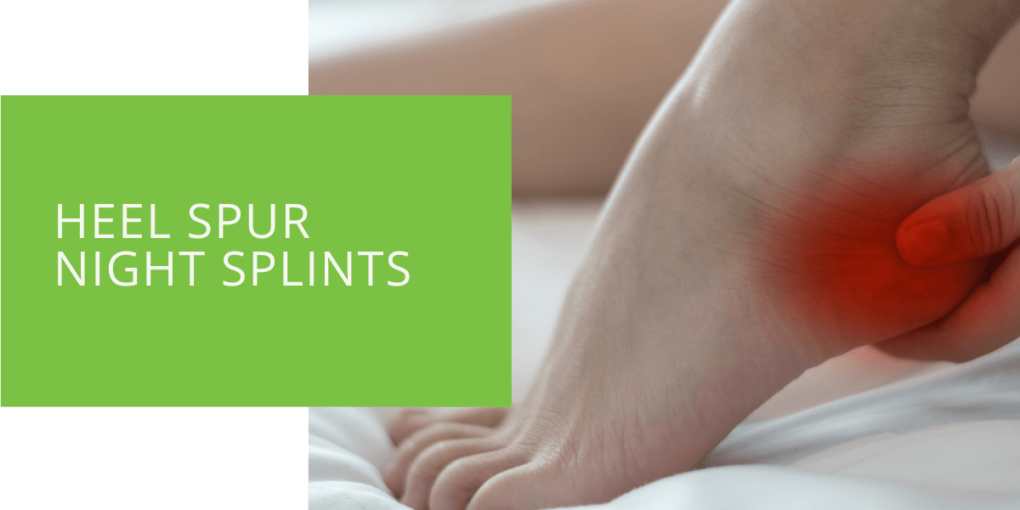Heel Spur Night Splints: How They Work to Relieve Your Pain
Heel spurs can be a painful condition affecting the feet, making walking or even standing unbearable. Thankfully, there are several treatments for heel spurs, one of which is using a night splint. In this article, we will explore how heel spur night splints work to relieve pain and the benefits of using them.
What Are Heel Spurs?
Heel spurs are calcium deposits that build up on the heel bone, often forming due to repetitive stress or strain on the heel. They can cause pain and discomfort, especially when walking or standing for long periods. Heel spurs often occur with plantar fasciitis, a condition in which the tissue that runs along the bottom of the foot becomes inflamed.
What Are Night Splints?
Night splints are an orthotic device worn at night to treat heel pain. They work by stretching the plantar fascia and Achilles tendon while you sleep, which can help to alleviate pain in the morning.
How Do Night Splints Work?
Night splints hold your foot in a flexed position while you sleep, stretching the plantar fascia and Achilles tendon. This helps to prevent the tissues in your foot from tightening and shortening overnight. By keeping the foot stretched, a night splint can alleviate morning heel pain that many people with plantar fasciitis or heel spurs experience.

Benefits of Using a Night Splint for Heel Pain
Using a night splint for heel pain has several benefits. They can:
Alleviate Pain
Night splints can reduce inflammation and alleviate pain by stretching the plantar fascia and Achilles tendon.
Prevent Further Injury
Night splints can help prevent further injury by keeping the foot stretched, reducing the risk of micro-tears and other damage to the plantar fascia.
Improve Mobility
By reducing pain and inflammation, night splints can improve mobility and make it easier to perform daily activities.
Reduce the Need for Medication
Night splints can help reduce the need for anti-inflammatory drugs, which can have long-term side effects.

How to Use a Night Splint
Using a night splint is simple. To wear a night splint, you should:
Put on The Night Splint Before Bed
You should put on your night splint before bed, ensuring it is securely in place.
Avoid Walking with The Splint On
It is not recommended to walk with a night splint on. Instead, keep the splint on for the recommended period (usually 4-8 hours).
Stretch Before and After Wearing the Splint
Stretching before and after wearing a night splint can help increase the device's effectiveness and reduce the risk of injury.

Tips for Using Night Splints
Night splints can effectively treat heel pain and related conditions, but it is important to use them properly to get the maximum benefit. Here are some tips for using night splints:
- Follow your podiatrist's instructions: Your podiatrist will provide specific instructions for using your night splint. Follow these instructions carefully to ensure that you are using the splint correctly.
- Wear the splint for the recommended period: Your podiatrist will likely recommend a specific time to wear your night splint each night. It is important to follow this recommendation to get the full benefit of the splint.
- Adjust the splint properly: Most night splints are adjustable, allowing you to customize the fit for your foot. Adjust the splint properly to ensure that it is comfortable and effective.
- Use the splint consistently: To get the best results from your night splint, it is important to use it consistently. Make it part of your bedtime routine and use it every night as your podiatrist recommends.
- Keep the splint clean: Night splints can accumulate dirt and sweat, so it is important to clean them regularly. Follow the manufacturer's instructions for cleaning the splint, or ask your podiatrist for advice.
By following these tips, you can use your night splint to its full potential and get relief from heel pain and related conditions.
When to See a Podiatrist
If you are experiencing heel pain or suspect that you may have a heel spur, it is important to see a podiatrist. A podiatrist can diagnose the cause of your heel pain and recommend the most effective treatment options. They may also prescribe a night splint or other orthotic device to help you heal.
Conclusion
Heel spur night splints are a simple and effective treatment option for relieving the pain and discomfort associated with heel spurs and plantar fasciitis. Using a night splint, you can stretch the plantar fascia and Achilles tendon while you sleep, which can help reduce inflammation and promote healing. If you are experiencing heel pain or suspect that you have a heel spur or plantar fasciitis, be sure to consult with a podiatrist to determine the best course of treatment for your individual needs.

